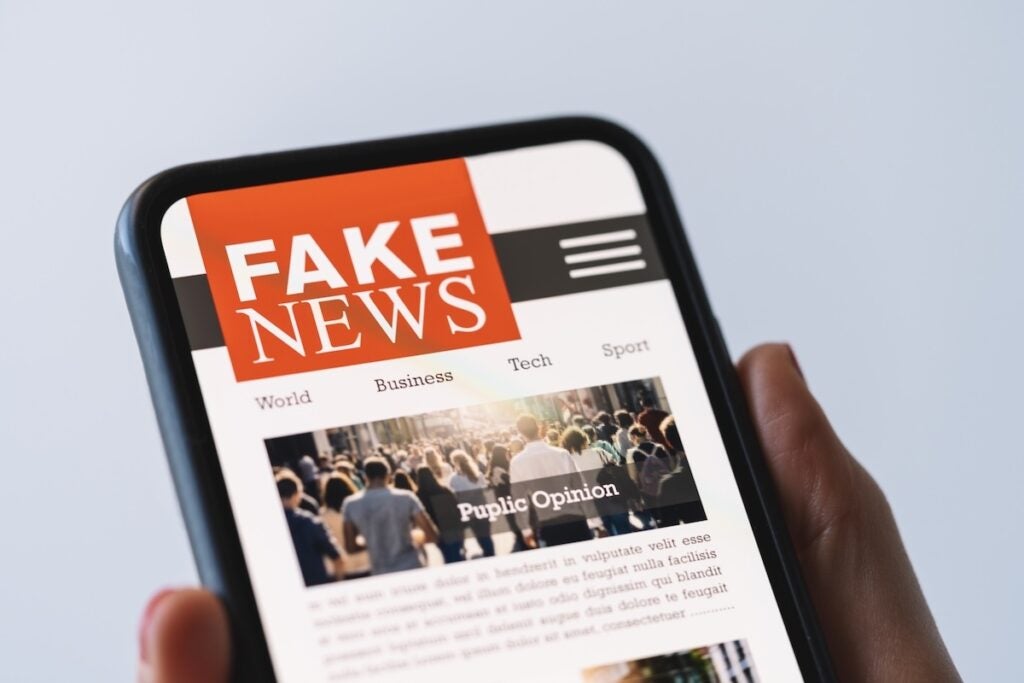Misinformation Crisis: Americans Rank Online Falsehoods as Top Threat, Surpassing Terrorism and Climate Change
In a stark reflection of the digital age’s anxieties, a new Pew Research Center survey reveals that a significant majority of American adults, 70%, consider the spread of online misinformation a “major threat” to the United States. This alarming statistic surpasses public concern over terrorism (61%), global economic instability (60%), climate change (51%), and infectious diseases (50%), underscoring the pervasive and insidious nature of false information in the online sphere. The survey, conducted in March 2024, polled over 3,600 U.S. adults and paints a picture of a nation grappling with the destabilizing effects of fabricated content, manipulated narratives, and the erosion of trust in traditional information sources. While a further 24% of respondents labeled misinformation a “minor threat,” only a negligible 5% dismissed it as not a threat at all, highlighting the widespread acknowledgement of this burgeoning issue.
The findings expose a deep partisan divide in the perception of threats, mirroring the polarization that characterizes much of the American political landscape. While majorities of Democrats and Democratic-leaning independents perceive all five aforementioned issues as major threats, Republicans express significantly less concern across the board, with the exception of terrorism. This divergence is most pronounced on the issue of climate change, where 78% of Democrats view it as a major threat compared to just 24% of Republicans. Conversely, Republicans are more likely than Democrats to perceive terrorism as a major threat, highlighting the differing priorities and anxieties that shape each party’s worldview. This partisan gap underscores the challenge of forging a unified national response to the multifaceted threats facing the country.
The survey also identifies age as a significant factor influencing threat perception. Americans aged 65 and older demonstrate a heightened sense of vulnerability to misinformation, terrorism, and infectious diseases compared to adults under 30. This generational divide is particularly stark regarding terrorism, with 78% of older Americans perceiving it as a major threat compared to only 42% of younger adults. This disparity may reflect differing life experiences, media consumption habits, and historical contexts that shape each generation’s understanding of risk.
The Pew Research Center’s findings echo growing global anxieties about the proliferation of manipulated content. The World Economic Forum, in its 2024 and 2025 Global Risks Reports, identified misinformation and disinformation as the top short-term global risk, emphasizing their potential to undermine trust in institutions, fuel social unrest, and destabilize political systems. This assessment underscores the transnational nature of the misinformation crisis and the urgent need for international cooperation to address its multifaceted challenges.
Recent real-world incidents further validate the public’s growing unease. Reports from early 2024 documented the increasing use of AI-generated deepfakes in political messaging, raising concerns about the potential for manipulated media to distort electoral processes and influence public opinion. These developments, coupled with broader warnings about election-related disinformation campaigns, highlight the very real and tangible threat posed by online falsehoods. The ability to create and disseminate highly realistic fabricated content has blurred the lines between truth and fiction, making it increasingly difficult for individuals to discern authentic information from manipulated narratives.
The growing awareness of the misinformation threat has spurred calls for stronger safeguards and regulatory measures. A separate Pew analysis conducted in 2023 revealed that majorities of Americans support increased intervention from technology companies and, to a lesser extent, the federal government, to curb the spread of false information online, even if it entails restricting some content. This reflects a growing public appetite for measures to protect the integrity of online information, even at the potential cost of some limitations on free speech. The challenge lies in striking a delicate balance between protecting free expression and mitigating the harmful effects of misinformation. The debate over appropriate interventions will undoubtedly continue as the battle against online falsehoods intensifies.


